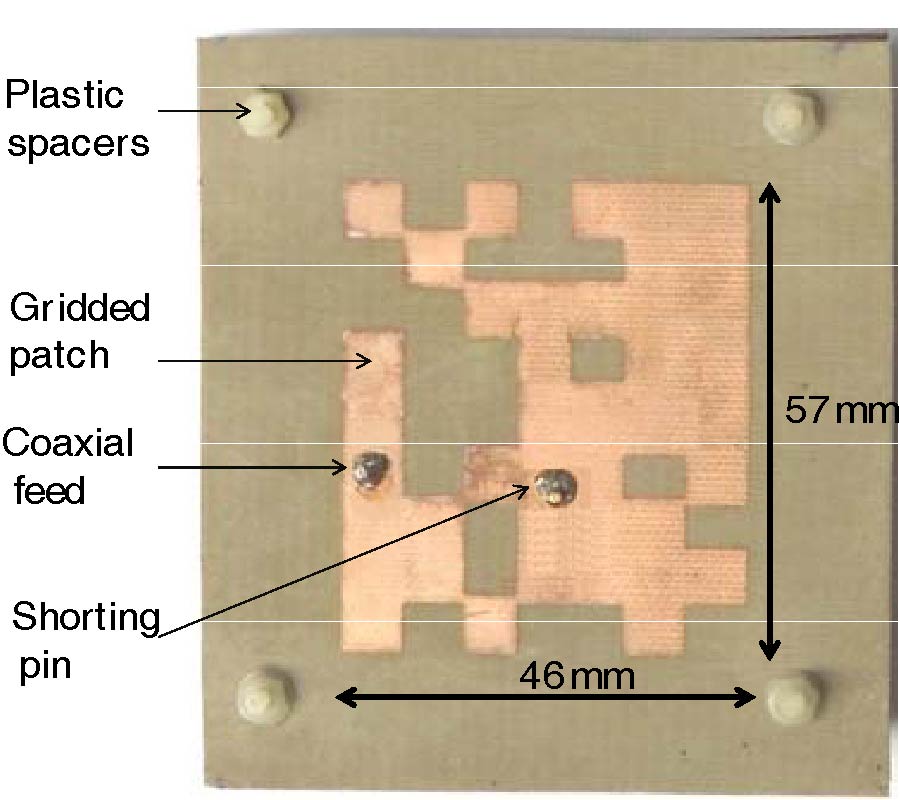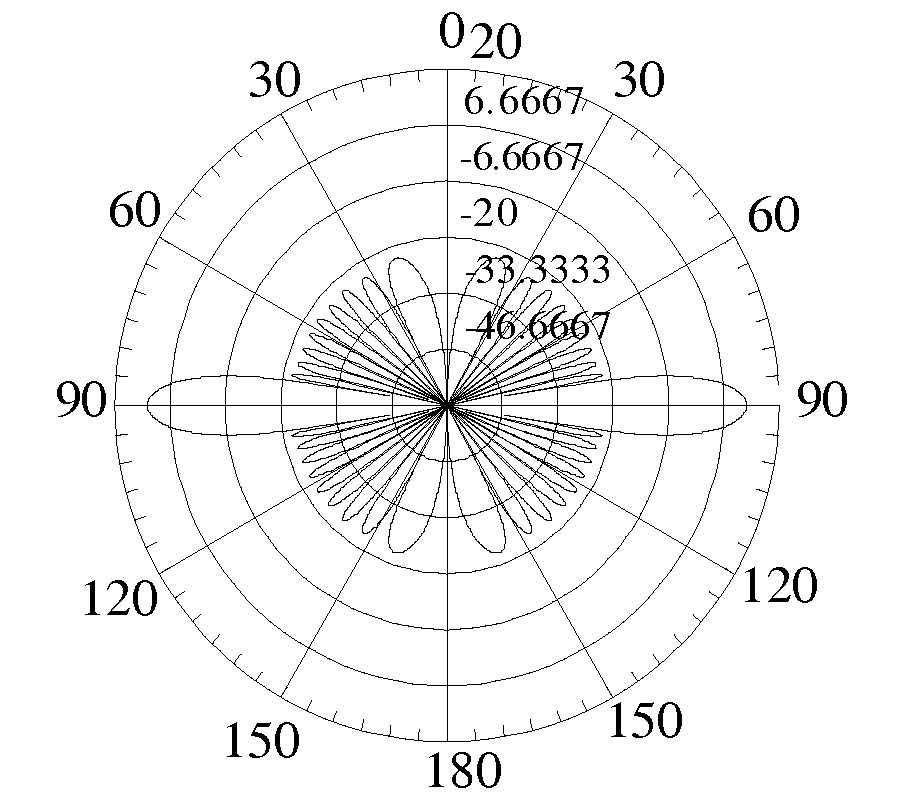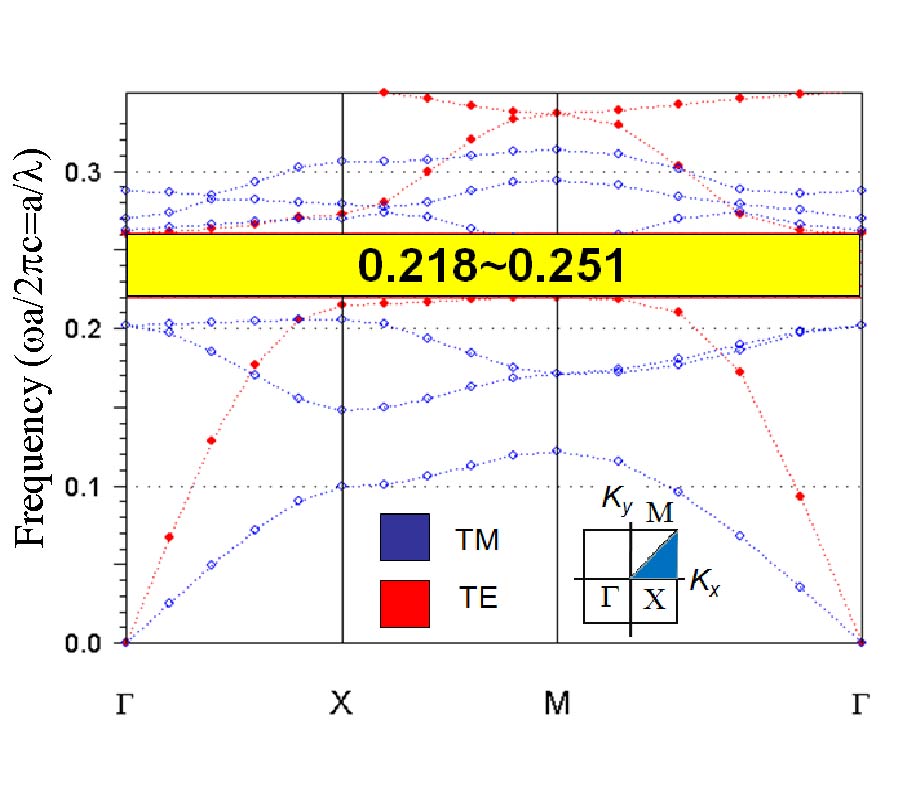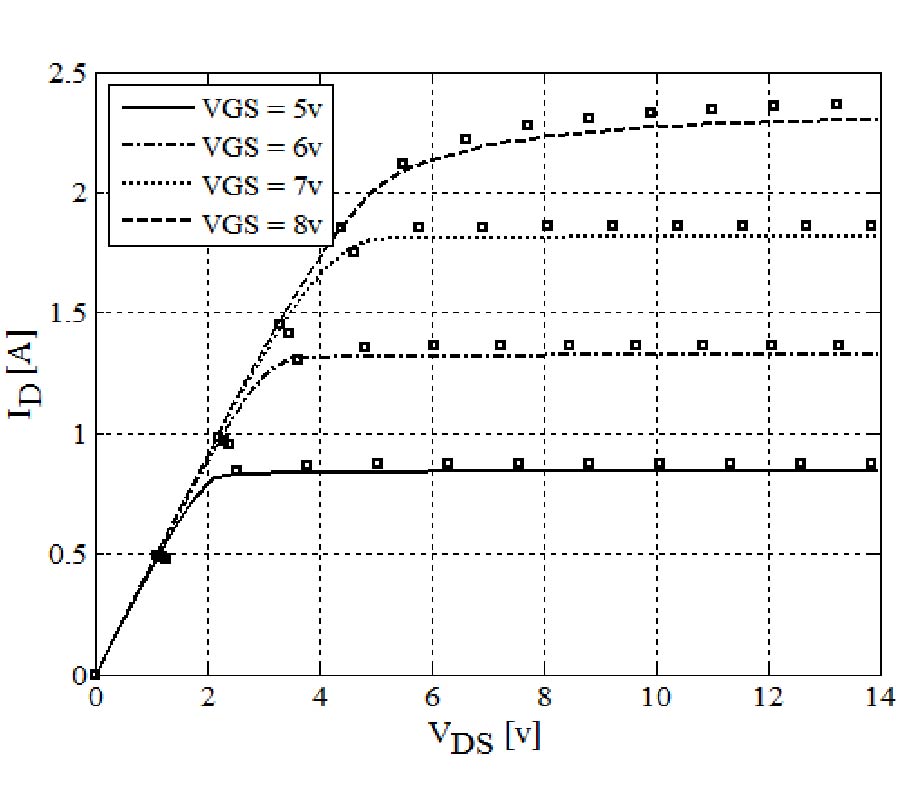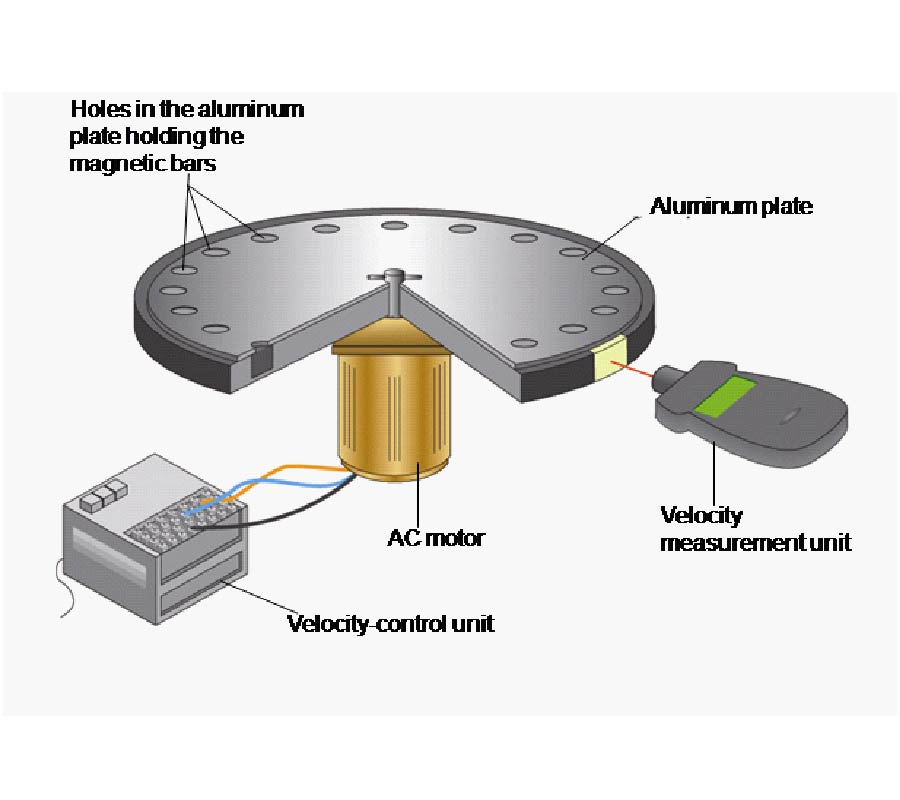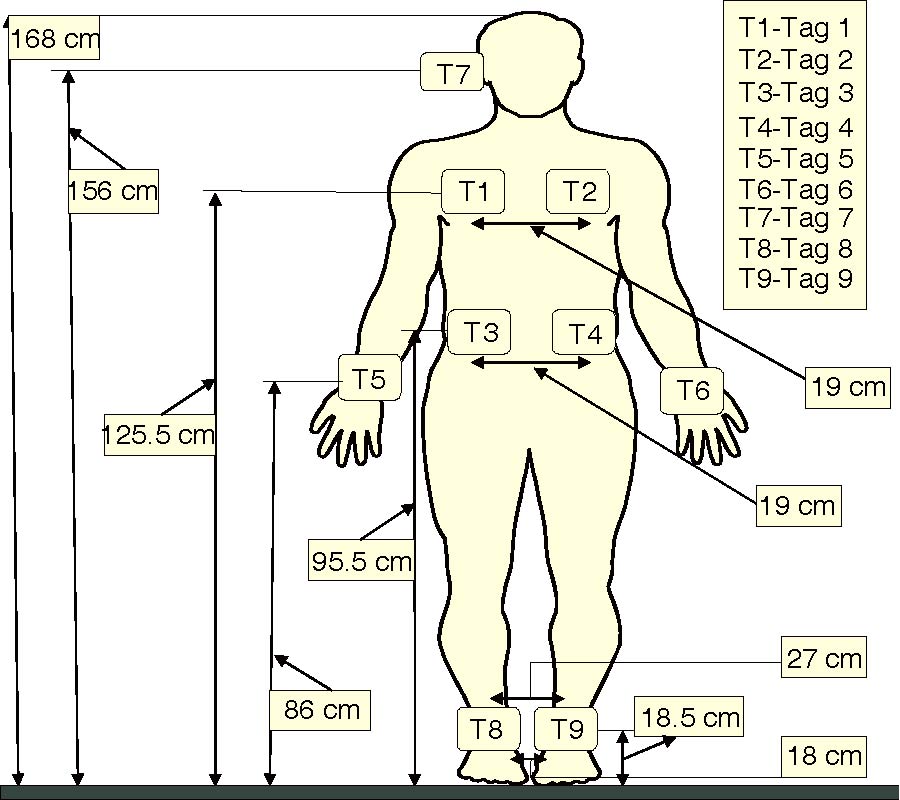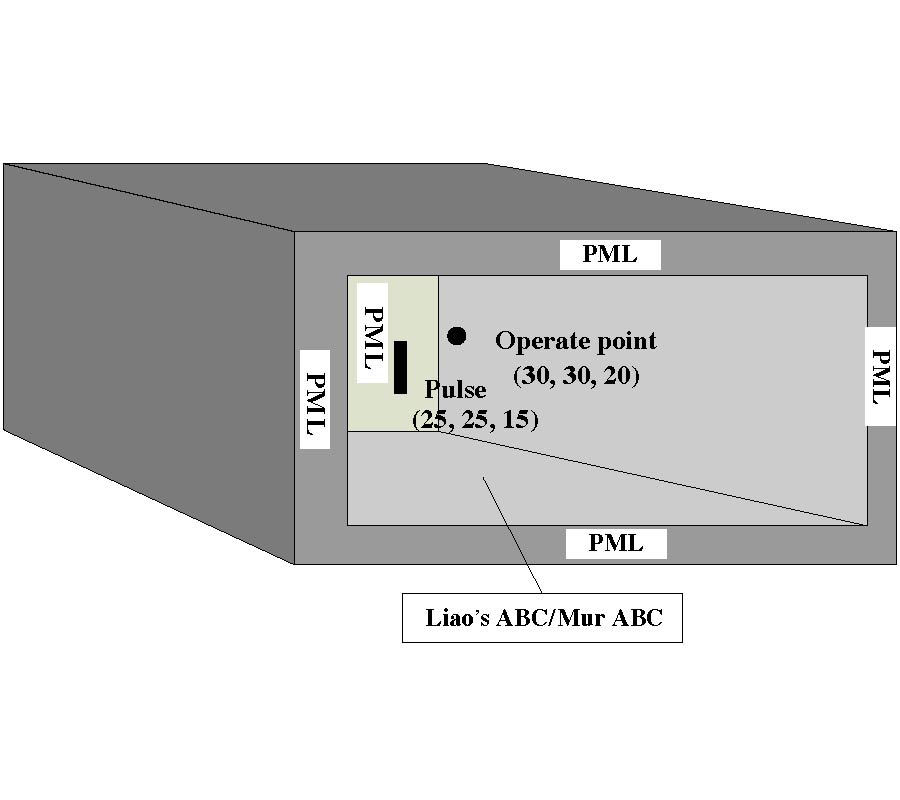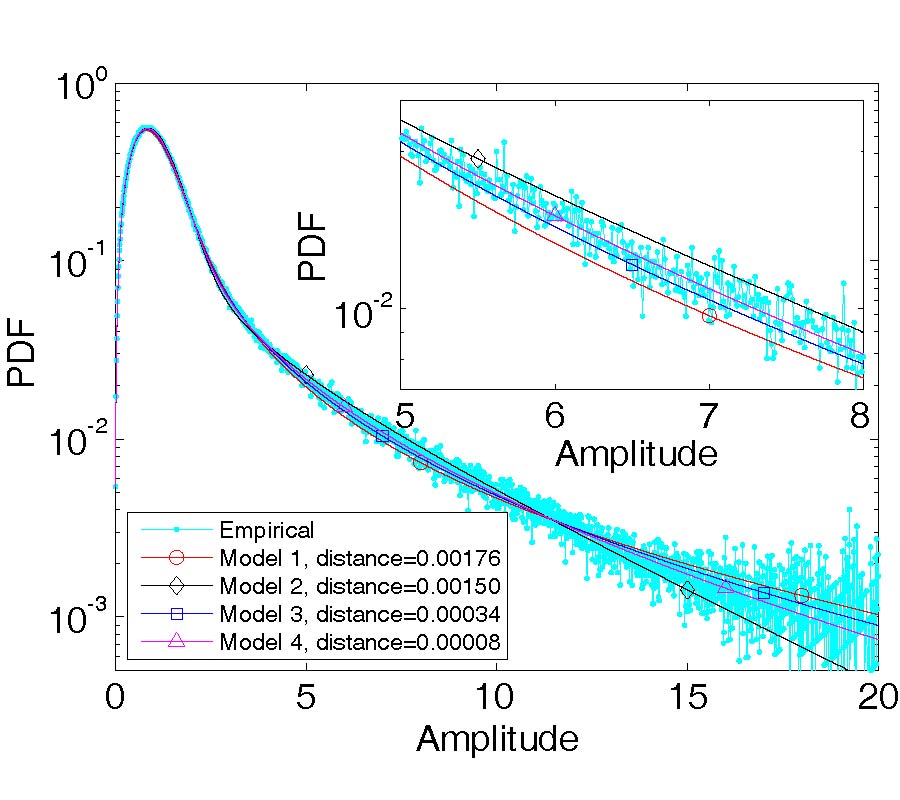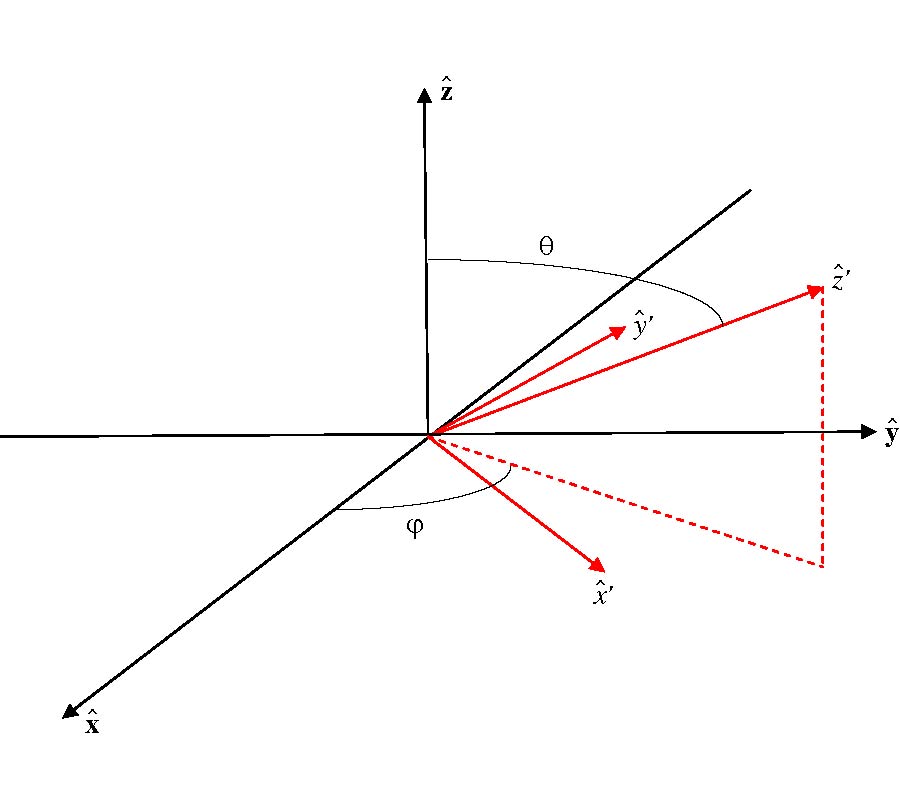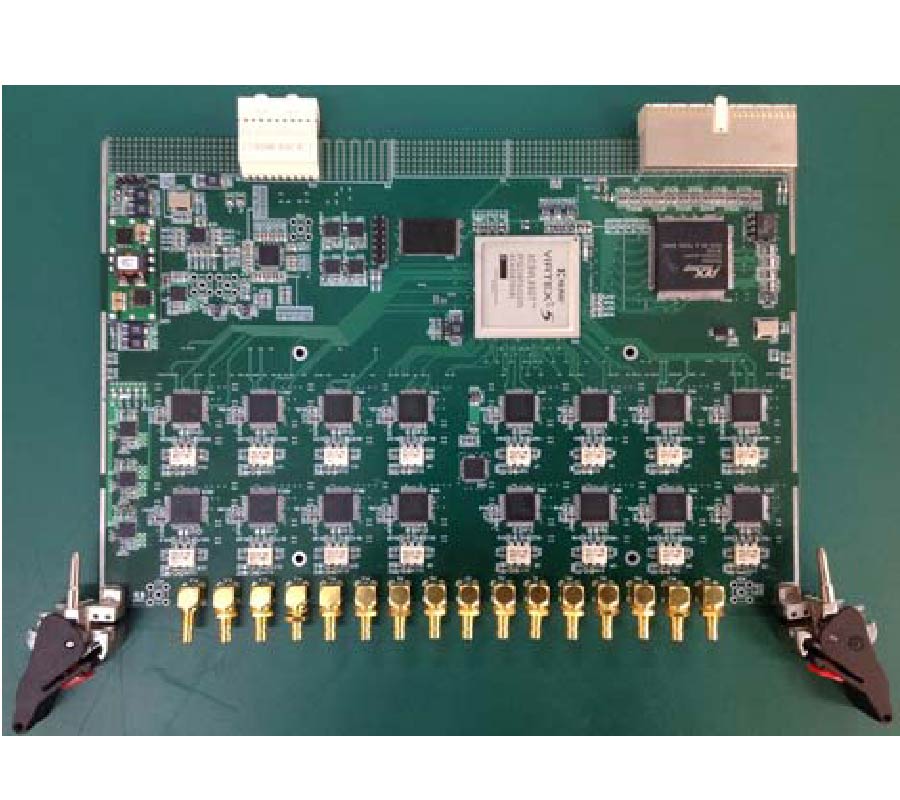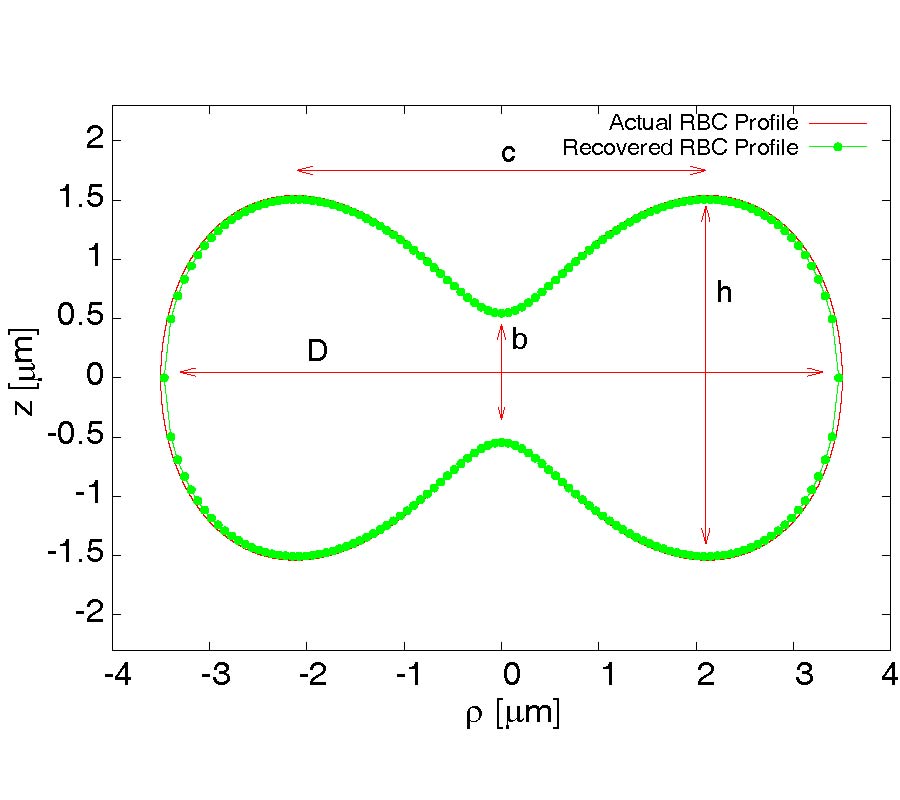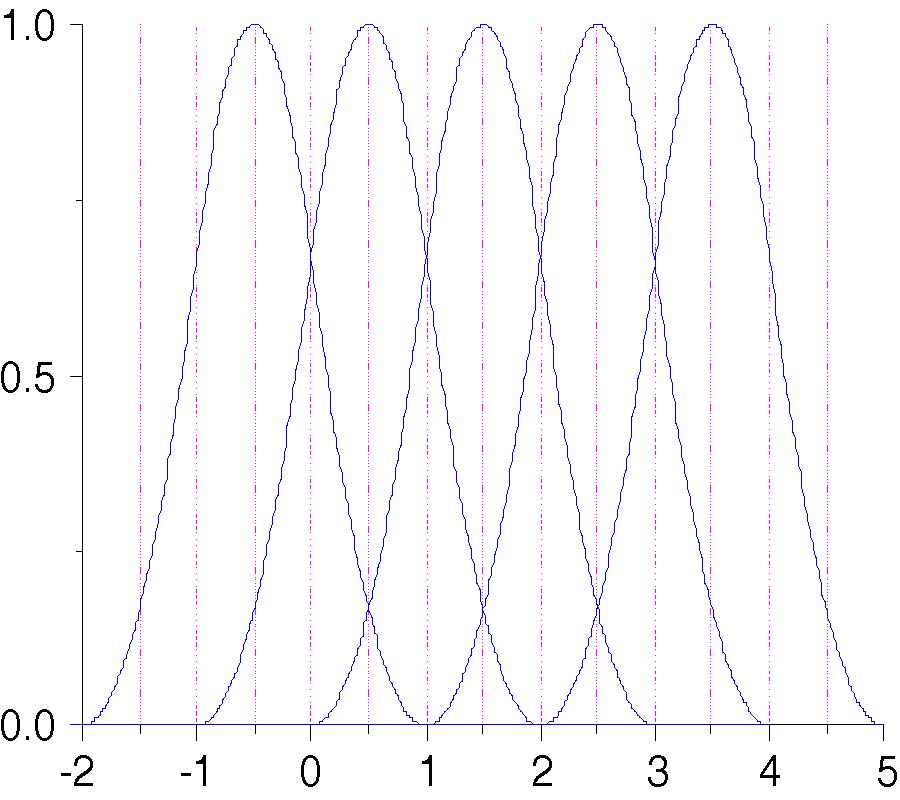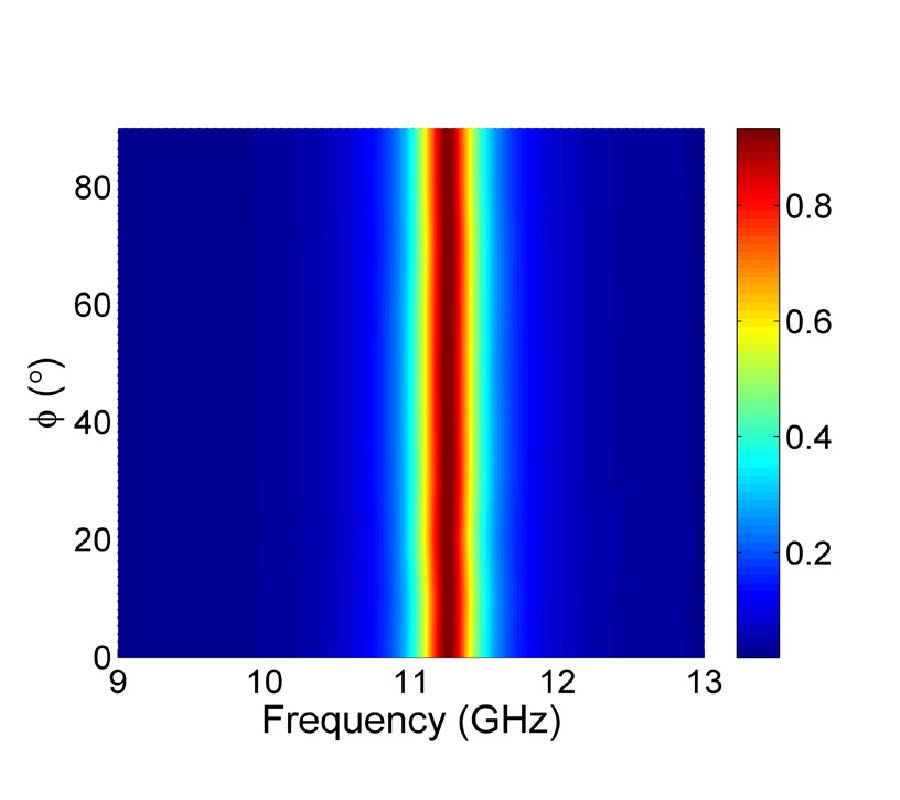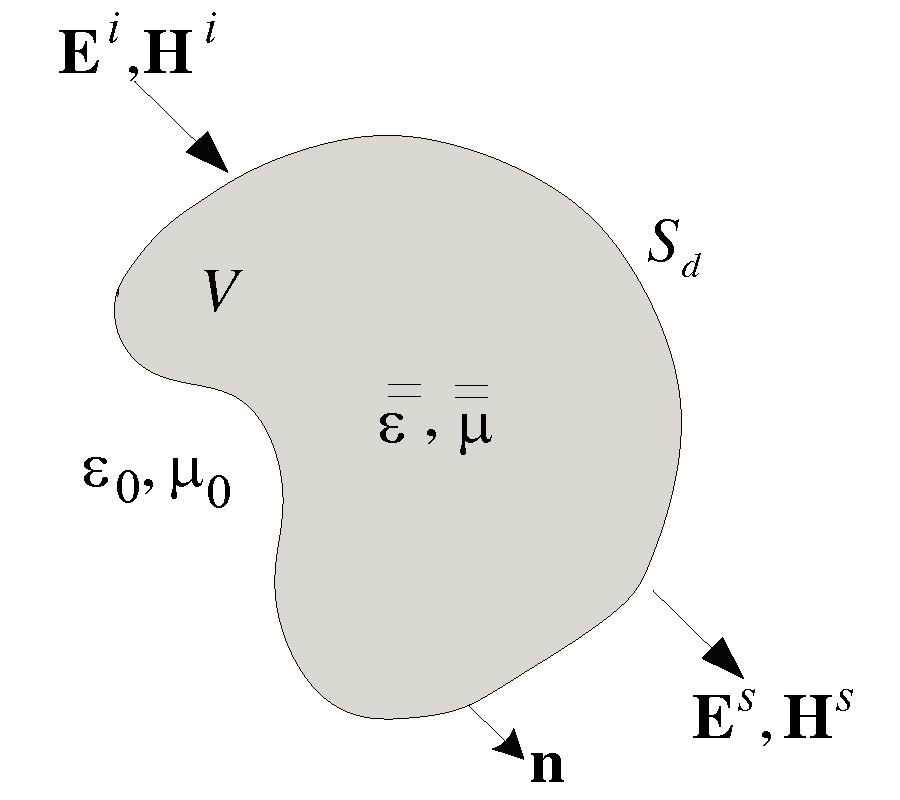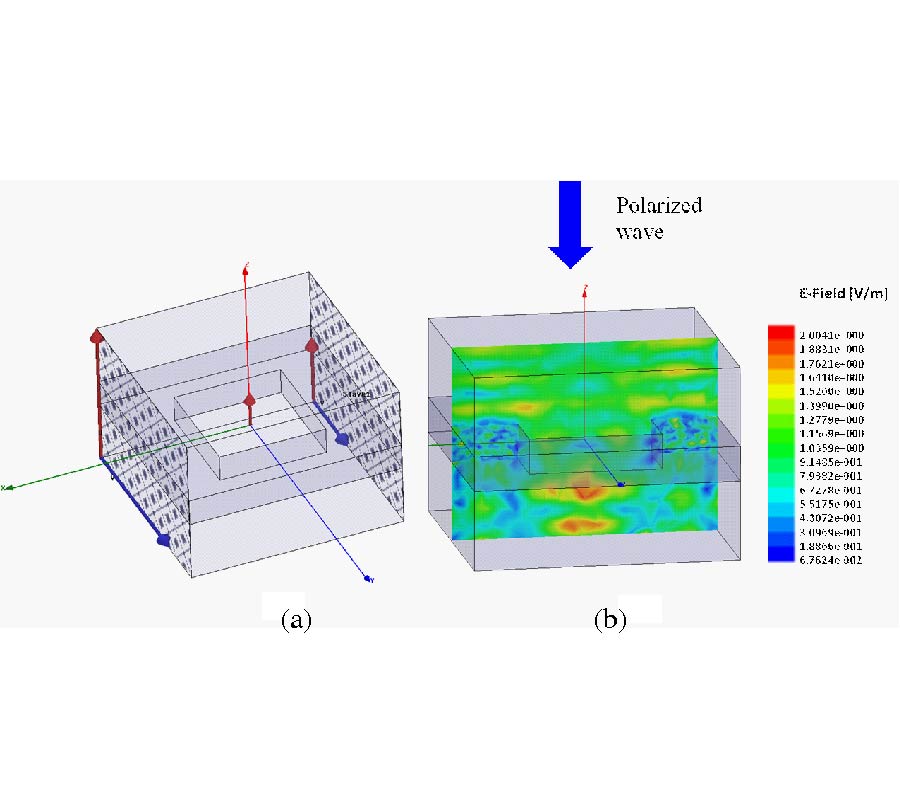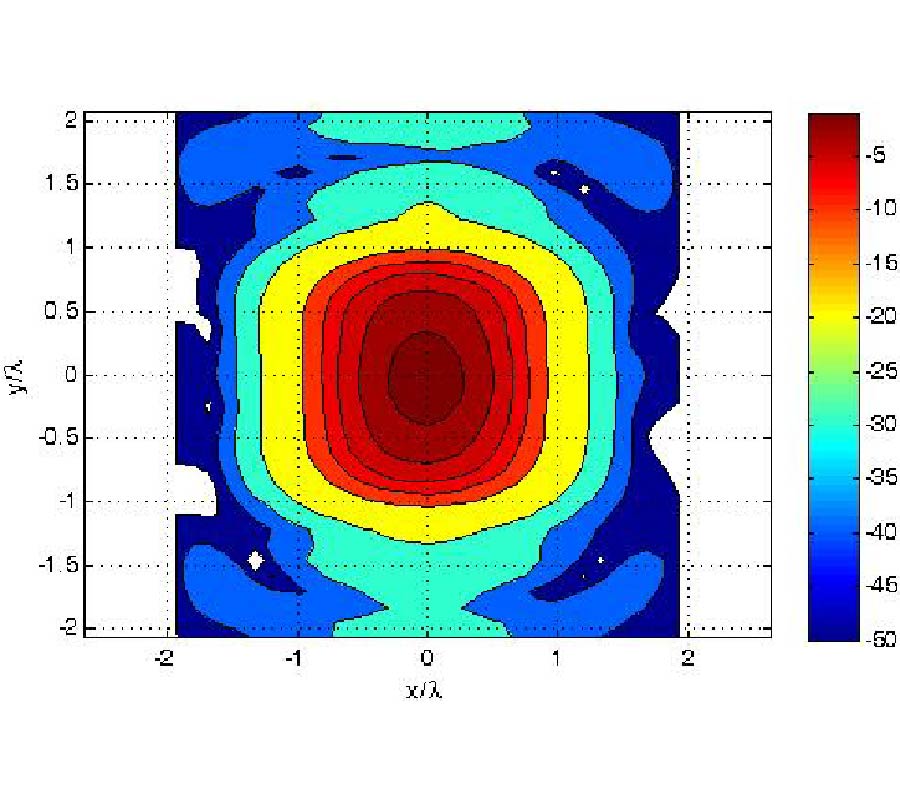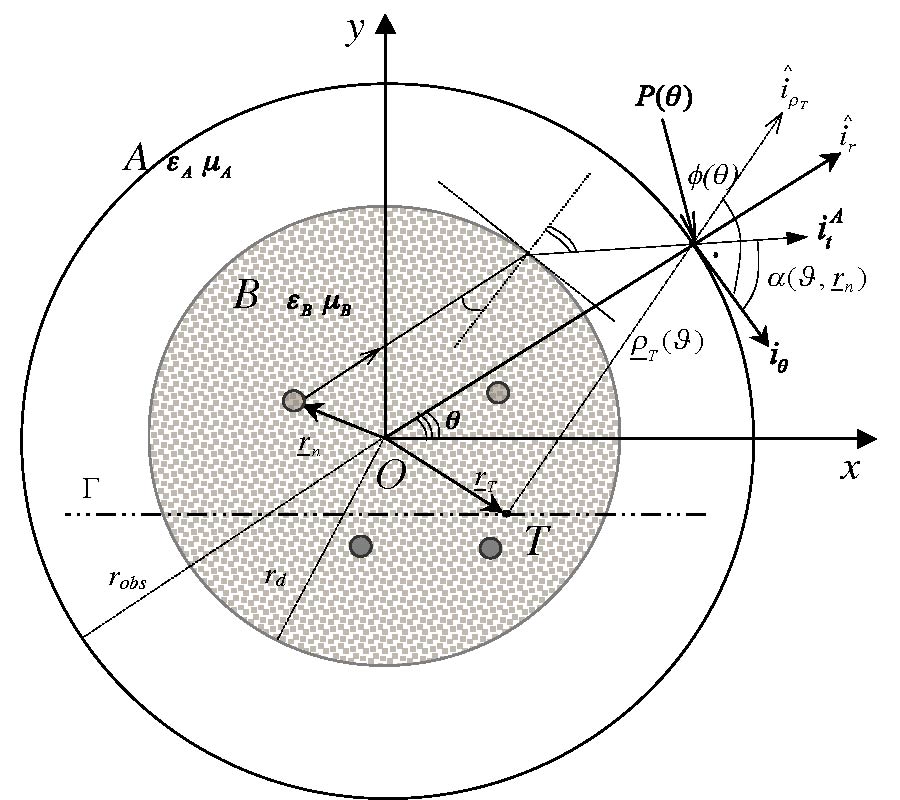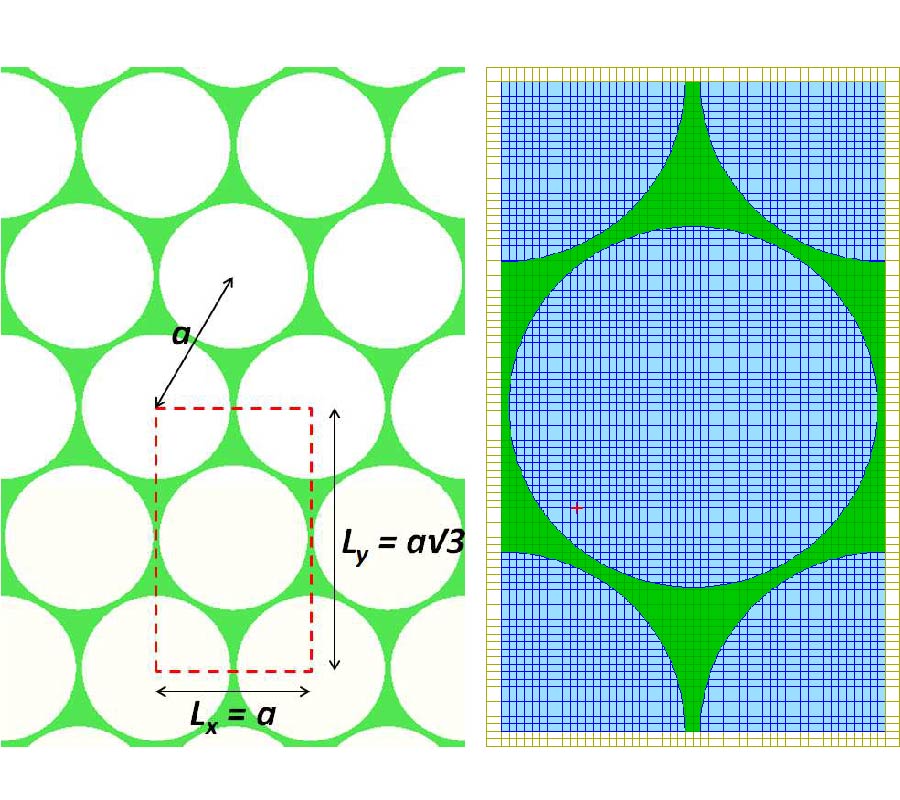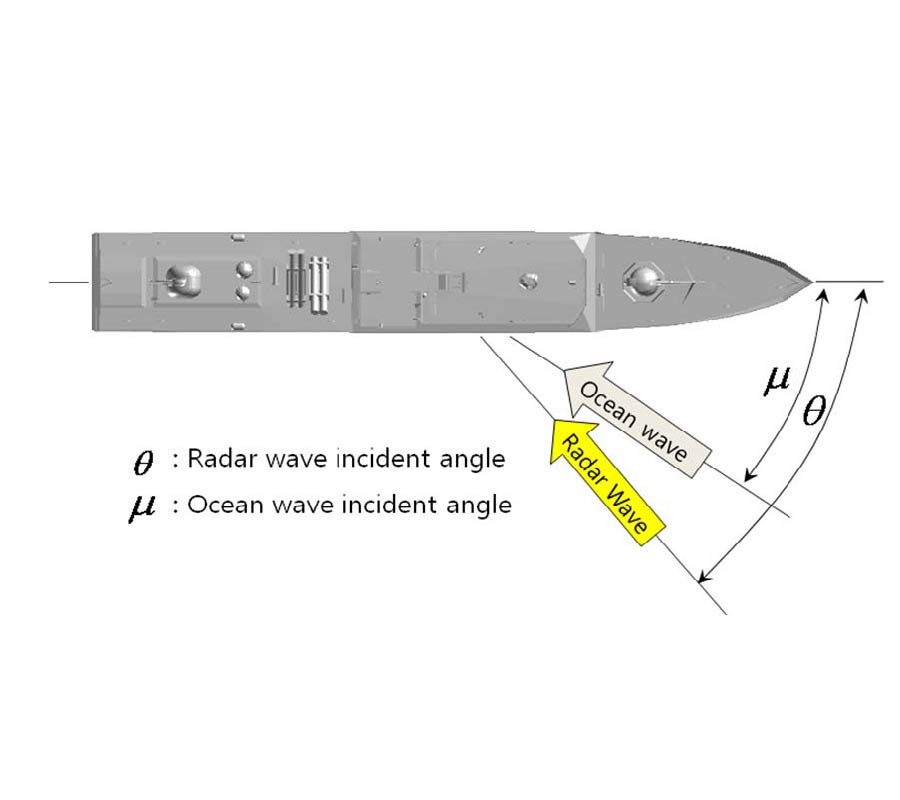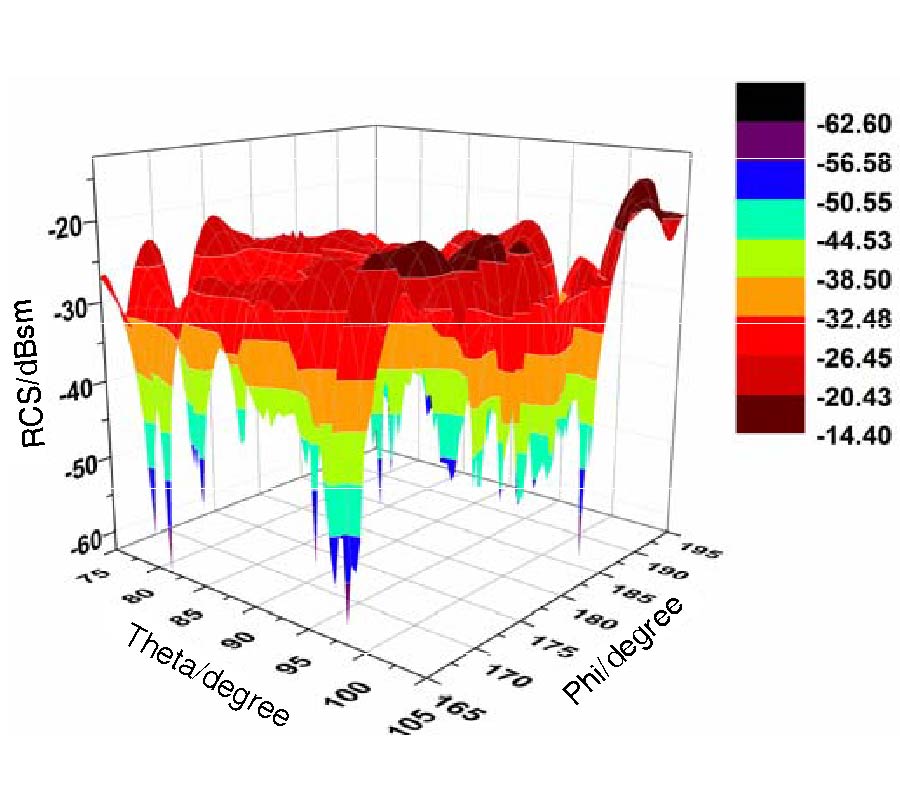Numerical Investigation on Dynamic Radar Cross Section of Naval Ship Considering Ocean Wave-Induced Motion
Kookhyun Kim,
Jin-Hyeong Kim,
Yun-Hwan Kim and
Dae-Seung Cho
In design phase of naval ships, the effectiveness of RCS reduction means such as shaping, shielding and applying radar absorbing materials is assessed quantitatively via several times of numerical analyses. During the process, in general, the numerical analyses have been carried out only for the static case not considering ship motions in actual ocean environments in spite that ocean waves induce the ship motion of the object naval ship and distort RCS measures. In this study, the dynamic RCS characteristics of the naval ship considering the ocean wave-induced motion have been numerically investigated. For this purpose, a dynamic RCS analysis procedure so called ``quasi-static approach'' has been adopted for considering the time varying ship motion. The results for two types of naval ships, a stealthy and a non-stealthy ship, show that the RCS of the object naval ships could be reduced or increased in mean value by the ship motion due to the ocean wave, compared to the static RCS value, and also the measures are considerably affected by the various parameters, type of object ship, significant wave height and incident angle of ocean wave, and incident angle of radar wave.
